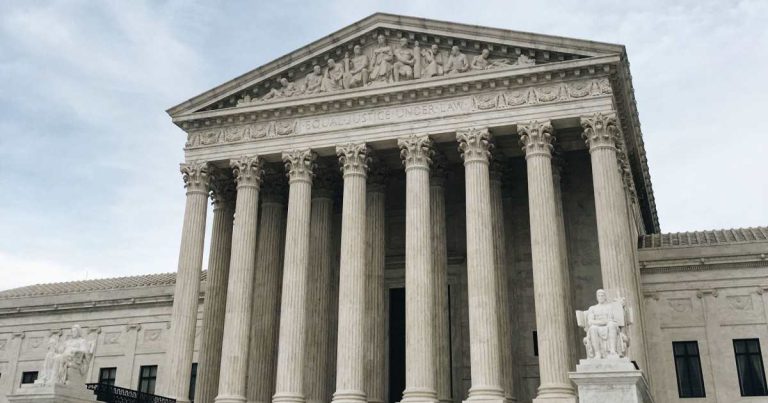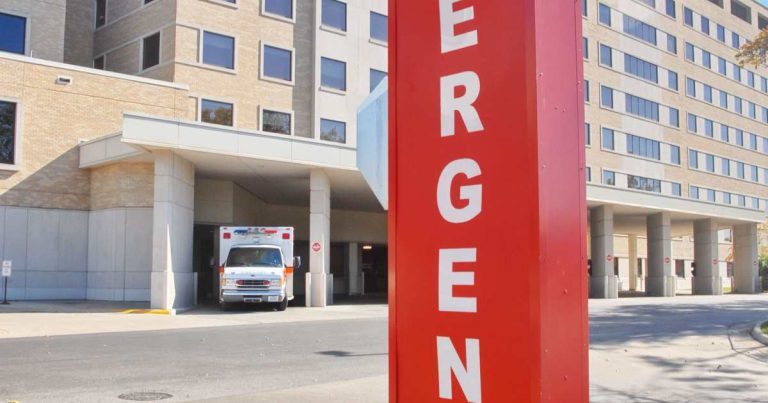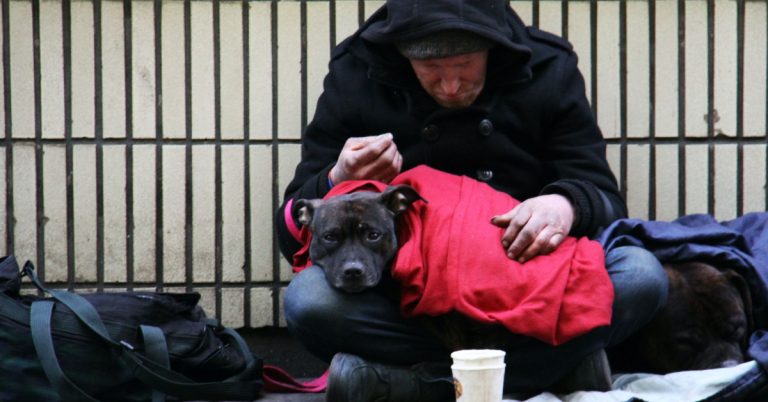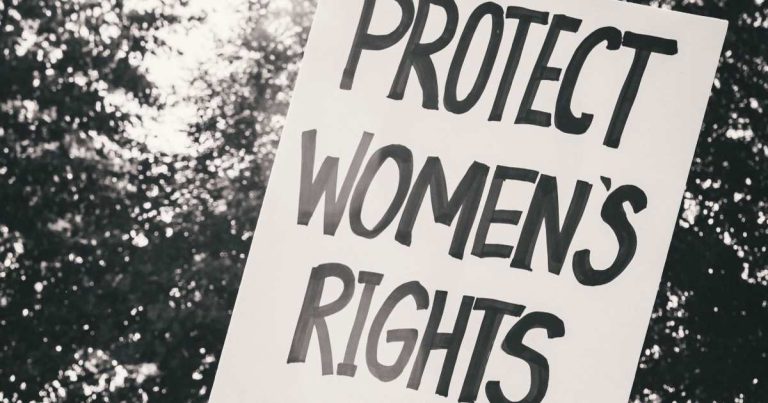Two Policy Proposals as Examples for Improving Economic Justice
This article is from the chapter “Finding a Path to Economic Justice,” in Destiny: Our Global Community by Robert L. McCan
What should we do to reverse the momentum of increasing income inequality so that we can fulfill our nation’s promise of liberty and justice for all? We offer two examples of how we can revise our system in ways that will benefit our citizens. We note that in recent years, many other proposals that deserve careful consideration have been offered by think tanks and Members of Congress.
1. Connecting Climate Policy with Economic Justice
The first and most important refocus of public policy must be to take seriously the threat of global warming. Here we examine a few ways climate policy and economic justice policy can support each other.
The Climate Leadership Council is a bipartisan organization with 3,300 economists in its membership.[i] They were virtually unanimous in proposing a carbon tax as a necessary part of the plan for the United States. The Climate Leadership Council proposes rebating all the tax money to every American family, or about $2,000 per year per family. If a carbon tax becomes a major component of climate policy in the United States, I believe rebates should go to those lower on the economic scale to prevent the otherwise regressive effect of the tax. Remaining proceeds could go toward mitigating injustices where environmental and economic issues overlap. Examples include:
- Subsidizing energy costs for low-income citizens.
- Cleaning up waste dumps and shutting down polluting power plants that historically are located in or near areas of concentrated poverty, with devastating consequences to health.
- Subsidies to upgrade and retrofit energy-inefficient housing. Historically, those who can least afford high utility costs have had to live in the most poorly insulated buildings.
- Money for local governments to plan and implement their own strategies for carbon neutrality—to weatherize their schools and other public buildings, solarize public buildings where feasible, and install LED bulbs in all public buildings and public street lighting. The public, as a whole, benefits.
- Subsidies for the poor and middle class to lower their utility costs by adding solar panels to their buildings.
The Green New Deal package of policies explicitly ties climate issues to economic justice issues by focusing on creating good new jobs in the clean energy sector of the economy.
2. Universal Child Care and Pre-School
I propose universal childcare and pre-school for children from birth to kindergarten paid for by a tax on the sale of stocks and bonds. An independent analysis done for the U.S. Senate by the Joint Committee on Taxation evaluated this proposal in 2018 and determined the tax would raise $77 billion per year for every 0.1% of taxation.[ii] My proposal requires a 0.3% tax on stock transactions that would raise $230 billion annually, enough to generously pay for universal access to high-quality childcare. Taxing the exchange on stocks and bonds is a good choice because the stock market is the primary engine for passive investment, and this small tax does not unduly diminish the wealth of investors or diminish trading. Yet investing this tax in early childhood education yields enormous benefits for society.
Quality childcare costs more than most parents can afford. In 2018, the average cost for childcare was in the range of $18,000-20,000 with a high in Washington D.C. of $29,980 and a low of $8,000 in Mississippi. Business Broker Network published the average cost in each state, and the cost is rising each year. Clearly, this cost is beyond the ability of most to afford, and it places an enormous strain on other hard-working families.[iii]
A robust start in life is key to achieving success in education, a career, and a high quality of life. Giving all children this opportunity advances the goal of equal opportunity for all. At the same time, quality care and enrichment for small children gives working parents the freedom to pursue their employment needs, while greatly expanding professional opportunities for good jobs to those who provide the care—assuming we raise the training, status, and pay of those who provide this most valuable of services, as we must.
Boston Children’s Hospital researched the effect of pre-school learning on the brains of four-year-old children. They concluded that what looks like casual play is really an incredible, complicated set of cognitive processes that all work together to improve the way a child thinks and regulates herself.
James Heckman, a Nobel Prize-winning economist, studied data on the lives of children who experienced an educational program at the age of four years, versus those who did not, in the state of North Carolina. Here are some of his findings and his conclusion on the economic benefits:
· On an I.Q. test administered at age five, 66% of preschoolers scored 90 or higher, as compared to 28% who did not have a pre-school education.
· 75% of those who had been preschoolers graduated from high school, as compared to 60% of those who lacked this advantage.
· By age 27, 25% of the preschool attendees owned their own homes while only 5% of those without that experience owned a home.
The famed economist concluded that North Carolina would receive an annual 13% profit on its investment in quality preschool education because of the numerous benefits to the child, their family, and society.[iv] It is likely that similar benefits also accrue to younger children in enriched daycare environments.
Summary and Conclusion
Governments can implement effective public policies that improve work conditions and decrease income inequality across society. Certainly, tax policy is a major determinant of income and wealth distribution in a society. Additional factors include the encouragement of unions, legislating minimum wage levels that yield livable incomes, transitioning to a green economy, and providing every child with a rich early learning environment that lays a foundation for lifelong success.





